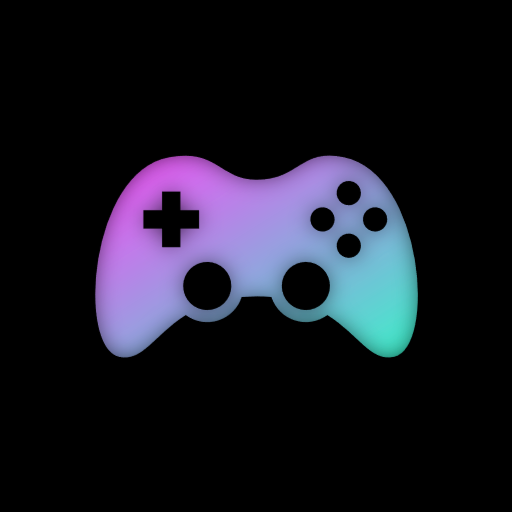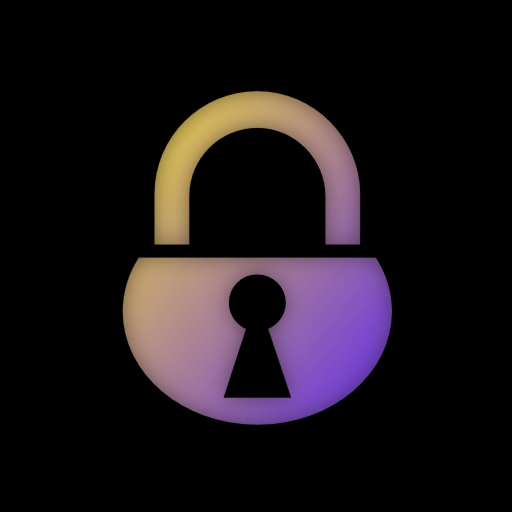

I’ve been running the developer beta for about a month or so now, the updates have made the phone run cooler (good) and things have become more readable. Good that Apple is working on it, but there’s still a bunch of issues. In the clock app, when there’s the bubble in the swipe menu, the text and icons switch between yellow and orange and there’s also VERY small slivers of orange whenever you hover the bubble over the alarms and stopwatch icon that drive me crazy. The bubble effect is a bit overdone in my opinion and could be toned down a bit. The lockscreen swiping still has issues, as when you swipe down the lockscreen background doesn’t appear, but notifications are still adjusted to the colour of it so if you have a darker lock screen background and on a lighter/white web page and you swipe to see you notifications, it looks unreadable until you swipe all the way down where the lockscreen background reappears.








Not sure about Android (but if you can swap out your keyboard entirely on Android, you probably can) but on iOS you can disable the double press to create a period! It’s in there with the keyboard settings next to the options to disable stuff like autocorrect